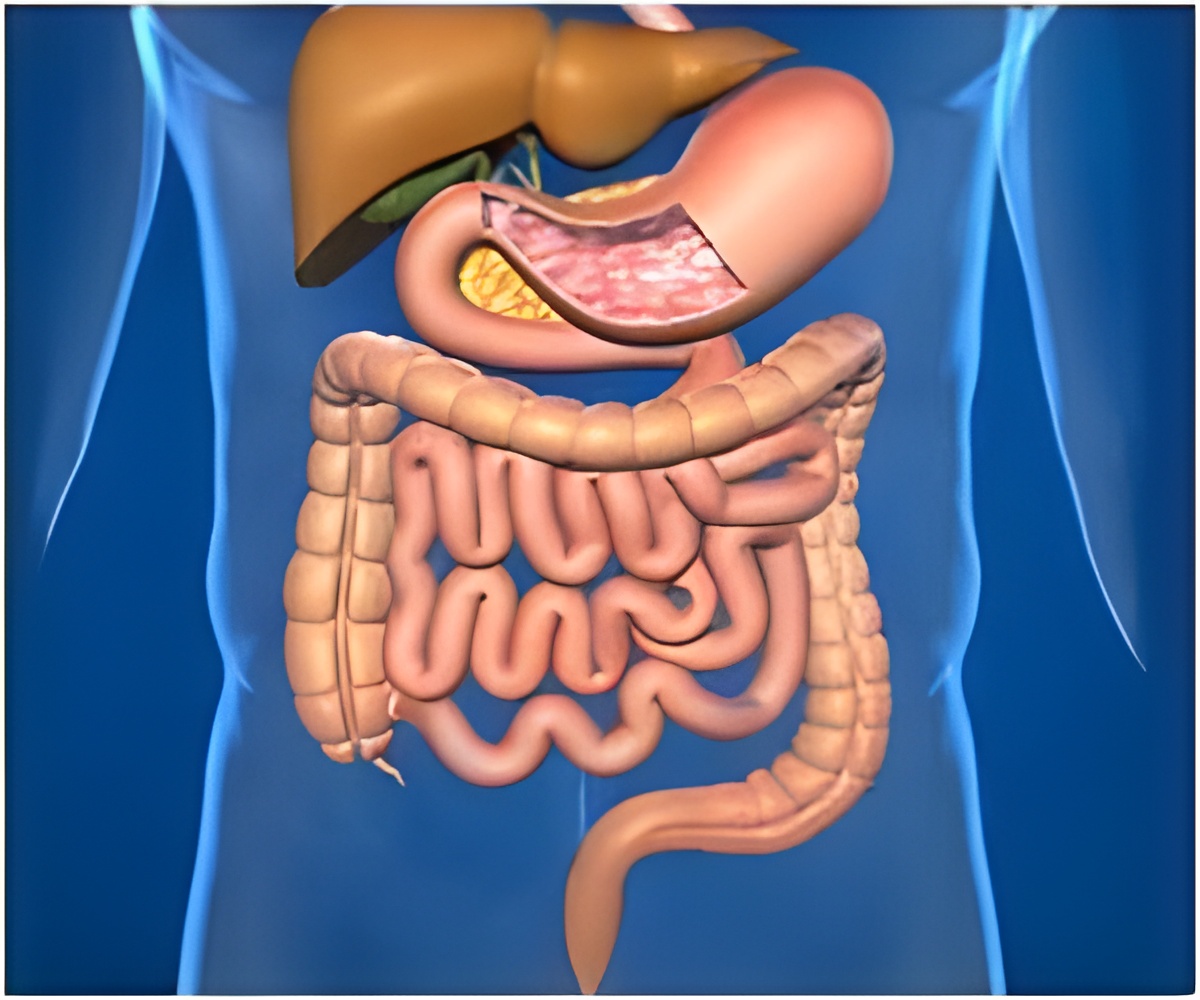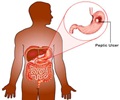
"One might think that the gut tube coils because it is restricted by the size of the abdominal cavity. That's actually not the case," says co- author Thierry Savin, a postdoctoral research associate at Harvard's School of Engineering and Applied Sciences (SEAS). "The gut coils because when the mesentery and the gut tube grow at different rates while remaining attached, coiling is the only possible result."
"A simple mathematical scaling theory combined with computations showed that these patterns are quantitatively predictable using experimentally derived measurements with no adjustable parameters. This allows for a study of the pattern as a function of developmental time—and even across species," explains co-author L. Mahadevan, Professor of Applied Mathematics at SEAS, Professor of Organismal and Evolutionary Biology and Physics, and member of the Wyss Institute for Biologically Inspired Engineering and the Kavli Institute for Bionano Science and Technology at Harvard.
Source-Eurekalert











